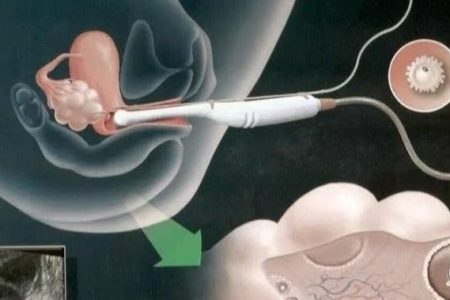Dozens of young adults born via sperm or egg donation will be able to find out their biological origins in the coming weeks, with the first just days away from being able to apply to find out more information about their donor, health officials have said.
Changes to the donor anonymity law will mean that most donor-conceived young adults born after a certain date will be able to discover the people whose donations led to their conception.
The first people will become eligible to apply to the UK fertility regulator, the Human Fertilisation and Embryology Authority (HFEA), for this information in October.
The regulator said about 30 donor-conceived 18-year-olds would become eligible to find their donor between October and December.
The changes will make it possible for most people conceived from egg, sperm or embryo donations made after 1 April 2005 to request identifiable information after they turn 18. This includes their donor’s full name, date of birth and last known address.
Data from the HFEA shows that by the end of 2024 more than 700 donor-conceived people will be able to request identifying information about their donor, should they wish. And by 2030, 11,427 young people will be able to request identifying information about their donor.
The HFEA has launched a campaign called “who is my donor” to raise awareness of the change and encourage donors to ensure their data is up to date with their clinic as the first young adults apply for information.
Rachel Cutting, a director at the HFEA, said: “An egg or sperm donation made 18 years ago could rightly feel like a distant memory for some, and forgetting to update contact details is easily done. However, giving the correct information to the donor-conceived person, and notifying the donor an application has been made, can help facilitate successful communication and may reduce any emotional impact.
“One quick email or phone call by a donor to the clinic where they donated, or to the HFEA, can make a huge difference to a donor-conceived person’s life. We hope the campaign removes barriers to contact, and ensures all those affected by donor conception have the best possible outcome.”
Dr Marta Jansa Perez, of the British Fertility Society, said: “This is a very important landmark for those people who were conceived by the use of donor eggs or sperm since 2005 as when they reach 18 they will be able to receive identifiable information about their donors.
“The British Fertility Society would like to encourage all donors to get back in touch with the clinic where they donated or to contact the HFEA to ensure that their contact details are up to date, so that donor conceived people can have information on their genetic origins if they so wish to.”
Prof Jackson Kirkman-Brown, the chair of the Association for Reproductive and Clinical Scientists (Arcs), said: “This is a very important time for young adults who were conceived by the use of donor sperm or eggs. Many will hope to find out more about their donors as they reach 18. Arcs therefore urge all donors to get in touch with the clinic where they donated or to contact the HFEA to ensure that their contact details are up to date.
“There are now many other ways that a donor could be identified such as via home ancestry tests, and [historical] donors will usually not have had information and support around this. We therefore encourage them to reach out now and get the accurate guidance, support and information they require and deserve.
“Being a donor is an incredible gift and alongside the sector Arcs are keen to recognise and support those who enable people to have the families they desire.”
theguardian.com
- Monday, April 28, 2025 Newspaper Headlines - 28 April 2025
- Oquaye report findings revealed - 28 April 2025
- GFA President Kurt Okraku appointed CAF’s second Veep - 28 April 2025

